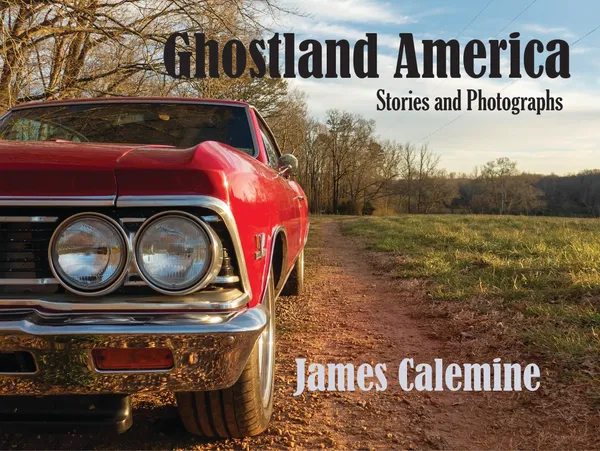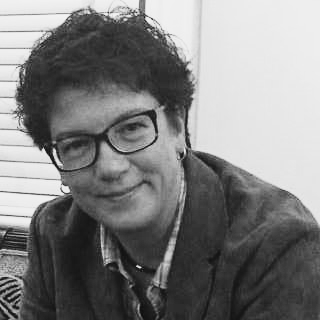A Review of James Calemine’s Ghostland America
By Kristy Bell
James Calemine’s Ghostland America (Snake Nation Press, 2022) ought to come with a warning label. I’ll confess I had to take it in chunks. Certainly not because it was boring or hard to read, but because it left me with a taste of rust and a yearning to get in my own car and drive, straight over to coastal Georgia to buy one of the dilapidated buildings featured, and restore it to former glory.
In Ghostland, Calemine skillfully weaves together a narrative of a disappearing South that encompasses much more than the 100 photographs he chose to include. The images could stand alone as compelling works, but the overall experience is made even more gripping by the way the book evokes a sort of free-form call and response. Each image is a call; the response is up to you. He includes just enough in the way of narration to make the reader feel part of his (the author’s) journey, but leaves plenty of white space to let the imagination wander.
For me, the instinct inspired by these pieces is one to preserve the things about the rural South worth preserving—the front porch sitting, the use-it-till-it-wears-out-then-repurpose-it ingenuity, the pea-shelling and hog-killing communal sharing of resources. He intentionally includes no human subjects. No matter, the images are haunted by our ancestors—stare at the front of Baker Fuel and Gas long enough, and you’re sure to see an old man casually spit a brown tobacco stream in the dust. Linger on the steps of the Macedonia Baptist Church, and you can’t help but hear a piano banging through “I’ll Fly Away.” Intellectually, I know it would take a lot more than fresh paint, new boards, and elbow grease to retrieve the lifestyle represented by the images, but it’s a credit to Calemine’s skill as an artist that the book makes me want to try.
Calemine admits he’s aiming for a certain romantic nostalgia in the front matter: …”a fading glory of the past emitting a lingering timelessness that may stir nostalgia, a memory or sheer admiration for the subject. If it appeals to the eye, it’s committed to memory, or the heart.” Like many things about the rural South, the pursuit is complicated—the passage of time, the sense that none of this is permanent, least of all the way of life his images represent. The book draws together a collection that at once documents, mourns, and celebrates. Among the marks of decay, many of them set in Calemine’s native Georgia coast, rest signs of stubborn hope—the coastal cottage owner with a defiant “Don’t Ask Won’t Sell” sign staked in the yard, Summerville’s quirky tree of folk-art knowledge.
By his own account, Calemine has been on a decades-long road trip. With Ghostland America, he invokes the spirit of Frost to say, “You come, too.”


Kristy Bell
Kristy Bell is a poet and fiction writer who lives and works in rural southwest Georgia. Her interests include many of the subjects covered within the reviewed book: writing, photography, and rural preservation. Find her on Twitter at red_dirt_poet.

5 responses to “You Come Too”
Love this review! The imagery Ms. Bell creates really brings the southern ghosts alive! Thank you for publishing.
Great review that captures the essence of Calemine’s evocative tour along the roads and highways of the South! I was able to buy the book at the author’s website https://jamescalemine.com/ and I understand it’s being released in book stores later this month. Will definitely be gifting this one to my hard to buy for friends / family!
Great review! Being raised myself in the South, I could clearly picture many of the scenes described. Makes me yearn for days gone by! It is stories such as this that continue to ignite my desire and passion to adventure to these places to learn more of the history, the times, and the people that came before. My response is, “ I want to come along!”
This review is sending me to the website to buy the book- and making me want to read anything Kristy Bell writes.
Great review! It made me want to investigate the book!